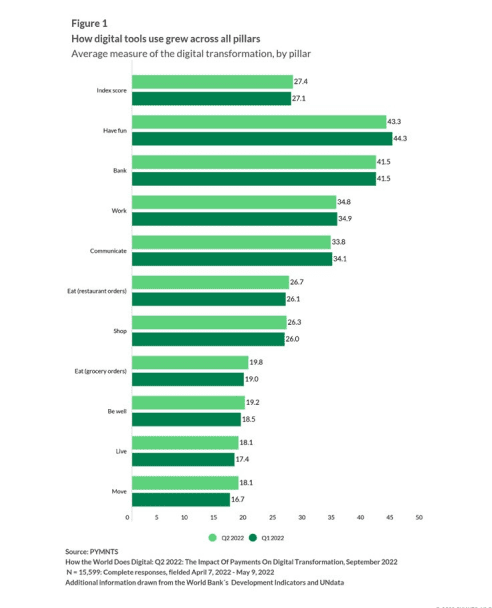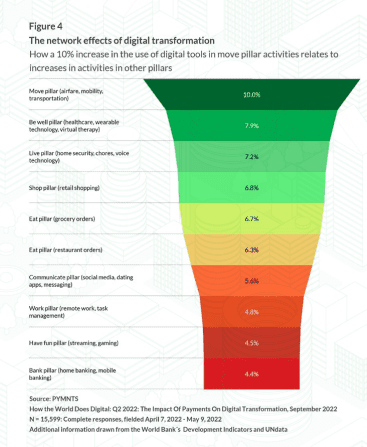
Fanatics expansion from hats to scores of categories and markets is a lesson in cross-pollination.
It is also proof that the connected economy is thriving.
Digital engagement in one corner of daily life can and does lead to digital engagement in another, forging an ecosystem where tech-savvy consumers pivot seamlessly across activities.

To that end, Fanatics, the online sports platform, raised $700 million, a funding round that puts, as The Wall Street Journal noted, its company valuation at $31 billion. For context, that figure would land the hat retailer in the top half of the S&P 500, placing it just a smidge behind stalwarts like Kroger.
The focus of the company is sports — and in this case, the extensible nature of the platform is evident in the fact that, while the initial push had been in eCommerce, then the firm expanded into collectibles (having bought Topps) and now is reportedly pushing into online sports betting.
As to how investors in the public markets might weigh it all, we’ll get a sense of that if and when the company lists its shares in an initial public offering (IPO) at some still-to-be-determined later date.
The string of activities noted above shows how digital channels can be used to create adjacent use cases, a trend PYMNTS highlighted within the report “How the World Does Digital: The Impact of Payments on Digital Transformation.”
That report surveyed the digital transformation of roughly 15,000 consumers in 11 countries that represent 50% of the global GDP. The conclusion was that consumers are ready, willing and able to take part in the connected economy that includes any number of transactional and non-transactional activities. Internet access across each of the 11 nations we’ve studied touches a majority of consumers — and routinely, more than 90% of countries’ populations.

At the center of it all lies payments, and the data shows that year over year into the middle of 2022, consumers’ use of digital methods to pay for things increased by 3%. In a nod to just how quickly the entertainment space is growing, the “Have Fun Pillar” was the highest-ranking pillar marked by a digital transformation (and as measured by our indexing).
It should be noted that much of the comfort with branching out into a broader range of digital activities tends to have an initial starting point. Consumers adept at using ride-hailing and mobility apps increase their use of other digital ways of getting things done. The data shows that a 10% increase in the “move” pillar winds up boosting the “Have Fun” pillar by 4.5%. The knock-on effect is palpable and offers a positive read across for firms like Fanatics that seek to connect a broad range of interests in a one-stop-shop ecosystem.